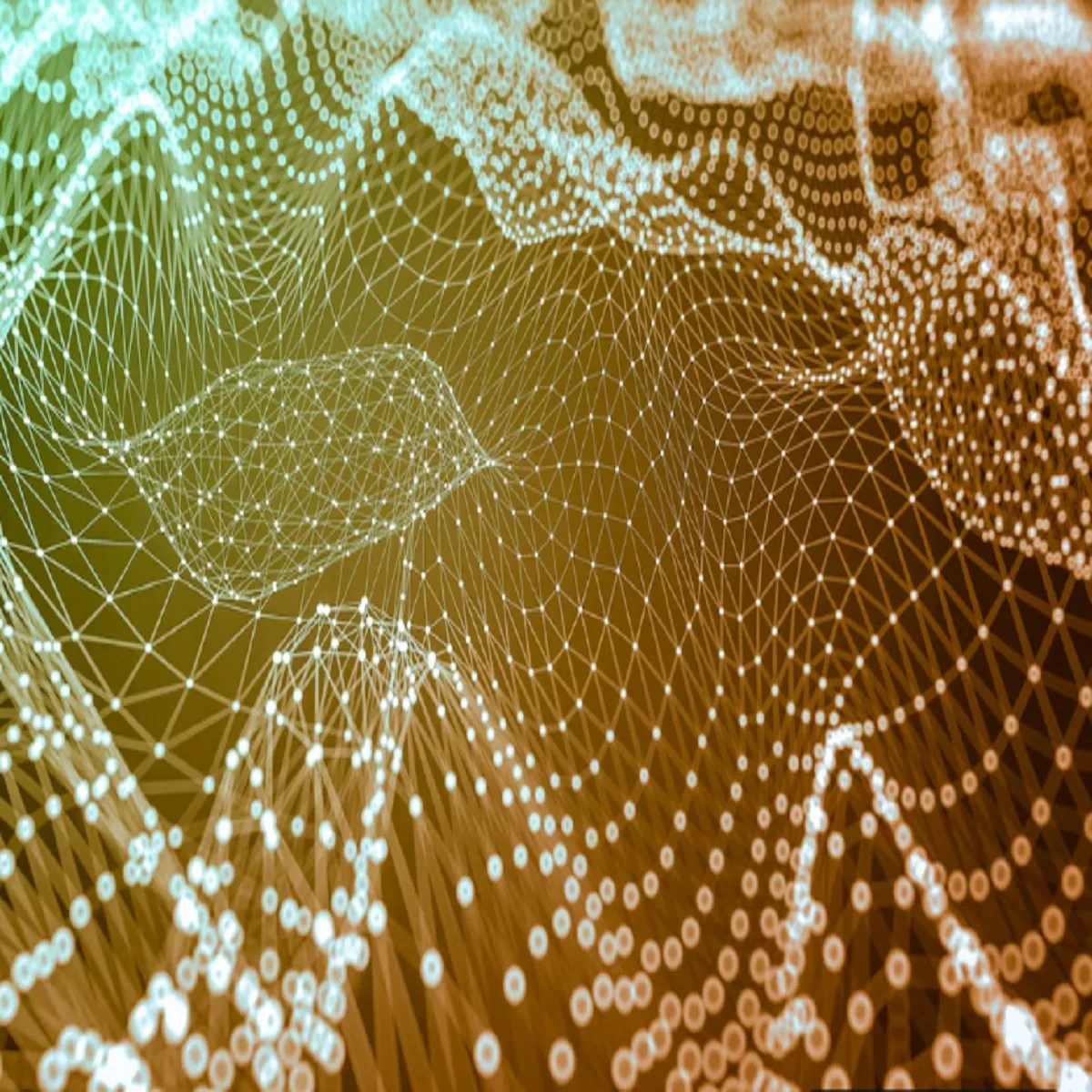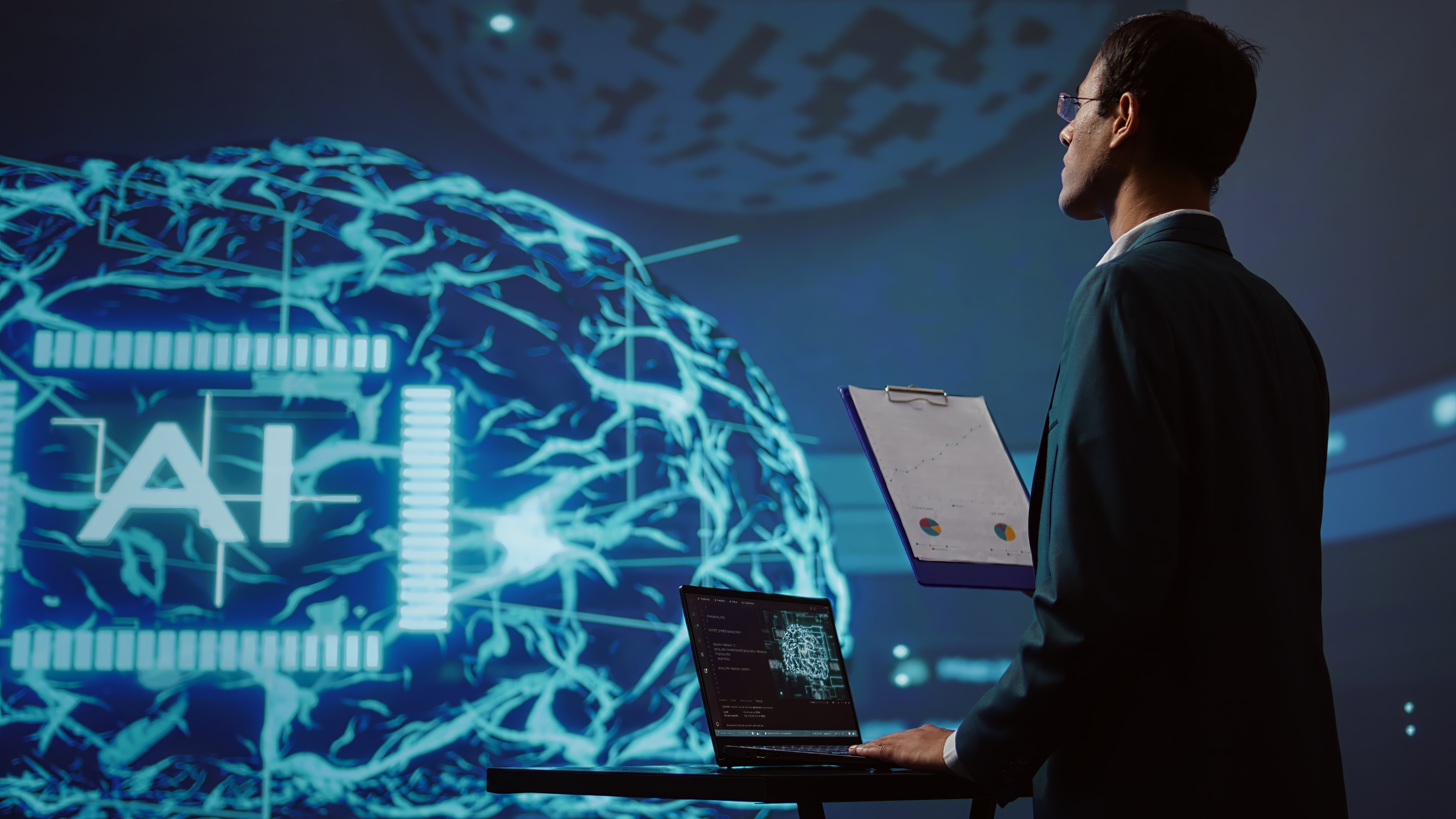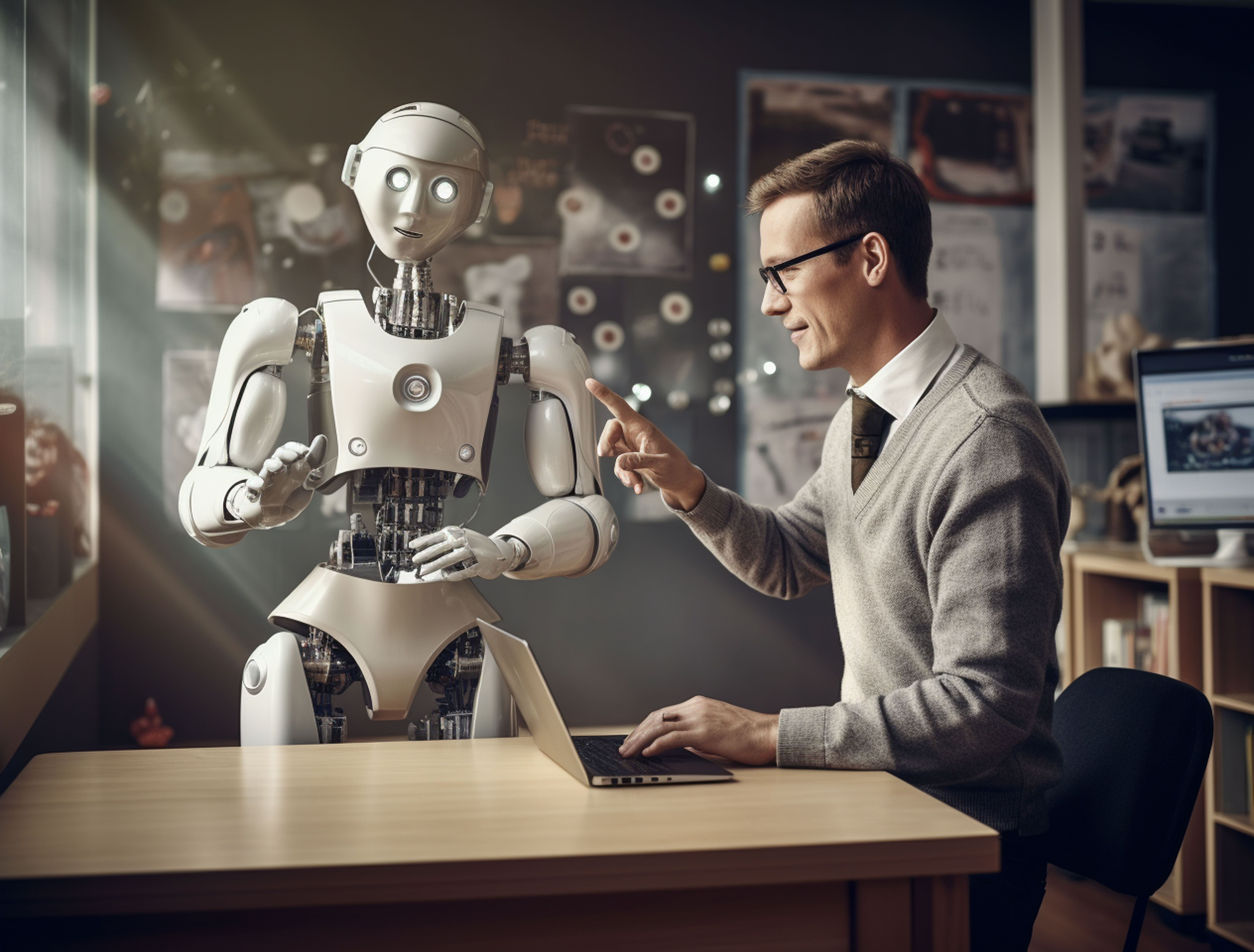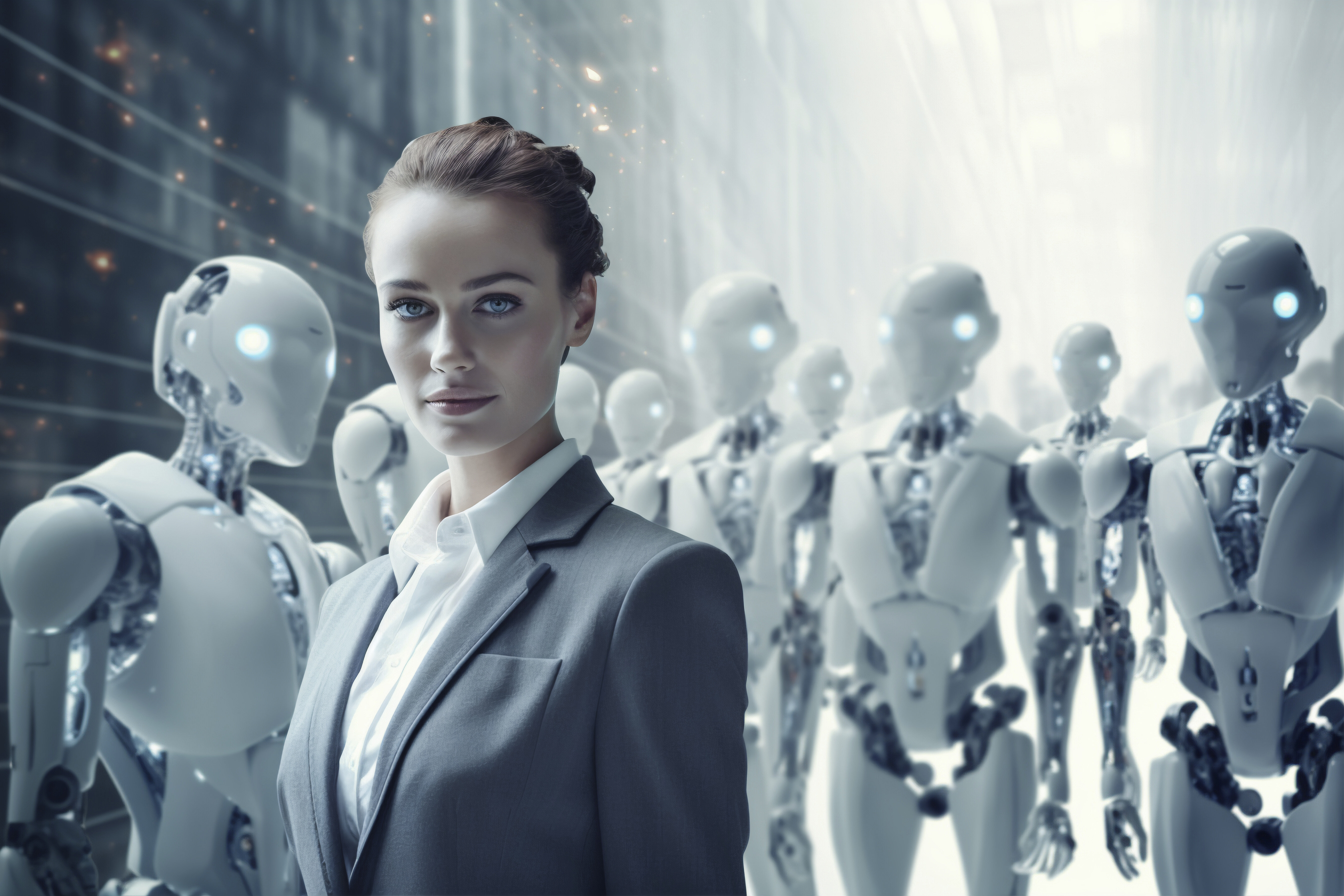Convolutional Neural Networks (CNNs): A Complete Beginner’s Guide
What is a Convolutional Neural Network (CNN)?
Convolutional Neural Networks (CNNs) are a specialized class of deep learning models developed to handle data that comes in a grid-like format—most commonly, images. Unlike traditional neural networks, CNNs are designed to recognize patterns with minimal pre-processing, which makes them highly effective for visual tasks. Their architecture includes layers that mimic the way the human brain processes visual information, allowing them to detect simple features like edges in early layers and more complex structures like shapes or objects in deeper layers.
What makes CNNs especially powerful is their ability to automatically and adaptively learn spatial hierarchies of features. This means they can identify which features are most important for a given task without human intervention. As a result, CNNs have become essential in a wide range of applications, including image classification, facial recognition, medical imaging, and self-driving vehicles. By learning directly from data, CNNs not only improve accuracy but also reduce the need for manual feature extraction, making them a cornerstone technology in modern computer vision and AI.
What are CNNs in Simple Terms?
Imagine looking at a photo and being able to recognize faces, objects, or scenery instantly. CNNs do something similar—they scan an image in parts (like small tiles) and detect basic features such as edges or colours. These features are then combined layer by layer to identify more complex patterns like shapes or entire objects. This layered approach helps machines "see" and understand visuals without needing to manually define the features beforehand.
Why are CNNs Important in AI and Machine Learning?
CNNs have revolutionized the way machines interpret visual information. They significantly outperform traditional machine learning methods in tasks involving large amounts of image data. By automatically detecting important features, CNNs reduce the need for manual intervention and improve accuracy. They are not only faster and more efficient but also more scalable, making them ideal for real-world AI applications.
Real-World Examples of CNNs in Action
CNNs are behind many technologies we use today:
- Facial Recognition: Unlocking smartphones or identifying people in photos.
- Medical Imaging: Detecting tumours or anomalies in X-rays and MRI scans.
- Self-Driving Cars: Recognizing pedestrians, road signs, and obstacles.
- Security Systems: Monitoring surveillance footage in real time.
These practical uses highlight the wide-reaching impact of CNNs across industries.
How Do They Work?
Understanding how CNNs see and process images can feel like peeking into the visual brain of a machine. These networks mimic how humans identify shapes, edges, and objects, but do so mathematically and at scale.
How CNNs "See" and Process Images
At a basic level, CNNs take an image—represented as pixels—and break it down into smaller pieces. They scan these pieces using filters that detect features like lines, colours, or textures. Each filter helps identify a specific pattern in the image. This scanning process is called convolution, and it's what allows CNNs to pick up on important visual cues without needing to "look" at the whole picture at once.
As the image passes through multiple layers of filters, the network learns more complex patterns—moving from edges to shapes, and eventually to entire objects. This ability is what makes CNNs excellent at identifying everything from animals in photos to tumours in medical scans.
Comparison with Human Vision
Just like humans first notice general shapes before recognizing specific details, CNNs also work in layers. Our eyes might first spot a round shape and then realize it’s a face. Similarly, CNNs start with basic visual information and build up to a detailed understanding.
However, unlike the human brain, CNNs require a large amount of labelled data to learn and don’t "understand" images in the same emotional or contextual way. Their power lies in speed and pattern recognition, not interpretation.
Key Ideas: Patterns, Features, and Layers
The building blocks of CNNs are patterns and features, stacked in layers. Each layer builds on the previous one, allowing the network to learn from simple to complex. This structured approach enables machines to perform visual tasks with high accuracy and minimal human guidance.
What are the Core Components of Convolutional Neural Networks (CNNs)?
To understand how CNNs work behind the scenes, it helps to break them down into their core building blocks. Each component plays a specific role in transforming raw image data into a final prediction.
Convolutional Layers: What They Do and Why They Matter
These are the foundation of any CNN. Convolutional layers use filters (or kernels) to scan across an image and detect simple visual features like edges, textures, or colour patterns. As the image moves through more layers, the network starts to pick up on complex shapes and structures. These layers help the model “see” and extract the most relevant details from the input image.
ReLU (Activation) Layers: Making Decisions Step-by-Step
After detecting features, CNNs use an activation function like ReLU (Rectified Linear Unit) to introduce non-linearity. This allows the network to handle complex visual data and make meaningful decisions at each layer. Think of ReLU as a decision gate—it keeps only the strongest signals and discards the rest, helping the model focus on what matters most.
Pooling Layers: Shrinking Data Smartly
Pooling layers reduce the size of the data while keeping the important features. This step makes the model faster and more efficient by cutting down the amount of information that needs to be processed. It’s like summarising a paragraph into a sentence without losing the main idea—smaller, but still powerful.
Fully Connected Layers: Making the Final Prediction
In the final stage, fully connected layers take all the features gathered so far and make a prediction—such as identifying an object in a photo. These layers combine all the learned information to generate the most accurate output possible.
How Does a CNN Process an Image?
To truly understand how CNNs work, it helps to follow the journey of an image as it moves through the network. This step-by-step process transforms raw pixels into smart predictions, all without human intervention.
Raw Image Input
The process begins with the input image—say, a photo of a cat. This image is made up of pixels, often in three colour channels: red, green, and blue (RGB). Each pixel carries numerical values representing colour intensity.
Convolutional Layer: Feature Detection
The first convolutional layer applies filters to scan the image for low-level features like edges and textures. These filters slide across the image, creating feature maps that highlight areas of interest.
Activation Layer (ReLU)
After convolution, the ReLU (Rectified Linear Unit) layer kicks in. It introduces non-linearity, which allows the model to learn more complex relationships by keeping only positive values and setting the rest to zero.
Pooling Layer: Down sampling
Next, pooling layers reduce the spatial dimensions of the feature maps. This step keeps the most important information while making the network faster and less prone to overfitting. Max pooling is commonly used, selecting the highest value in a small region.
Flattening and Fully Connected Layers
Once enough features are extracted, the data is flattened into a single vector. This vector passes through fully connected layers, which combine all the features to generate a final prediction—like “cat” or “dog.”
Output Layer: Prediction
The final layer produces a probability score for each possible class. The one with the highest score becomes the model’s prediction.
What are the Applications of Convolutional Neural Networks (CNNs)?
Thanks to their ability to interpret and analyse visual data, convolutional neural networks (CNNs) have become a cornerstone of modern AI applications across a wide range of industries.
Image Classification
One of the most common uses of CNNs is image classification—assigning labels to images based on their content. For example, a CNN can be trained to distinguish between pictures of cats, dogs, and birds. It learns to identify unique features for each class, making it useful in systems like photo tagging or content filtering.
Object Detection
Beyond just labelling an image, object detection identifies specific objects within an image and pinpoints their exact locations using bounding boxes. This technology is widely used in security cameras, wildlife monitoring, and retail analytics. It allows machines to recognize multiple items in a single frame and understand their spatial relationships.
Video Analysis
CNNs also power real-time video analysis by analysing frame-by-frame visual information. This is useful in surveillance, sports analytics, and gesture recognition. For example, CNNs help detect unusual activities in security footage or track player movements in live sports broadcasts.
Medical Diagnosis and More
In healthcare, CNNs play a crucial role in diagnosing diseases through medical imaging. They can detect anomalies in X-rays, MRIs, and CT scans with remarkable precision, supporting early diagnosis and treatment planning. CNNs are also used in autonomous vehicles (to interpret surroundings), agriculture (to detect crop diseases), and even fashion (to recommend clothing styles).
What are the Challenges and Limitations of CNNs?
While Convolutional Neural Networks have achieved remarkable success in visual tasks, they are not without their drawbacks. Understanding their challenges is key to improving their reliability and expanding their real-world applications.
Need for Large Datasets
CNNs require vast amounts of labelled data to perform effectively. Unlike humans, who can learn from a few examples, CNNs need thousands—or even millions—of images to generalize well. Gathering and annotating these datasets can be time-consuming and expensive, especially in specialized domains like medical imaging or satellite data analysis.
High Computational Requirements
Training CNNs is computationally intensive. It often requires powerful hardware like GPUs or TPUs, particularly for large models and high-resolution images. This makes development costly and can be a barrier for smaller organizations or individuals without access to high-end computing resources. Additionally, inference (making predictions) can also be slow in real-time applications, especially on limited devices.
Sensitivity to Distorted or Noisy Data
CNNs can struggle when faced with low-quality or altered images. Even slight distortions, changes in lighting, or the presence of noise can significantly impact their performance. For example, a model trained on clear images may fail to recognize an object if it's blurry, rotated, or partially obscured. This sensitivity raises concerns in safety-critical environments like autonomous driving or medical diagnosis, where reliability is essential.
What are the Tools and Frameworks to Try CNNs?
Curious about diving into Convolutional Neural Networks but not sure where to begin? Fortunately, there are many beginner-friendly tools and platforms designed to help you build, train, and experiment with CNNs—even if you're new to coding or AI.
Beginner-Friendly Tools
Several popular frameworks make it easy to start working with CNNs:
- TensorFlow: Backed by Google, TensorFlow offers a robust and flexible environment for building deep learning models. It has a user-friendly interface and lots of documentation.
- Keras: Built on top of TensorFlow, Keras is perfect for beginners. It simplifies complex neural network code into easy-to-read functions and is great for quick experimentation.
- PyTorch: Developed by Facebook, PyTorch is favoured for its dynamic computation graph and ease of debugging. It’s widely used in both research and industry.
Each of these tools has extensive community support, tutorials, and learning resources.
Recommended Platforms for Practice
If you want to learn and apply CNNs in a structured way, online learning platforms are a great place to start. Learn Artificial Intelligence (LAI) offers practical, hands-on courses tailored for beginners. Their step-by-step lessons guide you through the basics of deep learning, with real-world projects to reinforce your understanding.
Other platforms like Kaggle, Coursera, and Google Collab also provide interactive notebooks and datasets to practice on.
Simple Project Ideas for Learners
To build confidence, try one of these beginner projects:
- Classify images of cats vs. dogs
- Recognize handwritten digits (MNIST dataset)
- Detect basic objects like cars or traffic signs
- Build a simple image filter using a convolutional layer
Starting small allows you to grasp the fundamentals while building toward more advanced applications.
What is the the Future of Convolutional Neural Networks (CNNs)?
As artificial intelligence continues to evolve, so too does the role of Convolutional Neural Networks. The future of convolutional neural networks (CNNs) is full of exciting possibilities, from technical breakthroughs to their integration into more intelligent, responsive systems.
Trends in CNN Research and Innovation
Researchers are constantly finding ways to improve CNN performance while reducing complexity. One major trend is the development of lightweight CNN architectures, such as MobileNet and EfficientNet, designed for mobile and edge devices. These models deliver high accuracy with fewer computational resources, making them ideal for smartphones, drones, and IoT devices.
Another area of innovation is self-supervised learning, where CNNs learn from unlabelled data, reducing the need for large, annotated datasets. This is especially valuable in fields where data labelling is expensive or difficult, such as healthcare or remote sensing.
Role of CNNs in Future AI Systems
CNNs will continue to be a key component in visual perception systems, especially in autonomous vehicles, robotics, and smart surveillance. They help machines “see” and interpret the world, which is essential for safe navigation and decision-making in real time.
In the coming years, CNNs will likely expand into fields like augmented reality, gesture recognition, and real-time translation of visual content, further blurring the line between physical and digital environments.
Integrating CNNs with Other AI Technologies
CNNs are increasingly being combined with other AI models, such as transformers, reinforcement learning, and graph neural networks, to enhance performance and handle more complex tasks. These hybrid systems allow machines to not only see but also reason, plan, and adapt—pushing AI toward greater general intelligence.
Conclusion: What’s your First Step into the World of CNNs?
You’ve taken your first step into the world of convolutional neural networks cnns, exploring what they are, how they work, their key components, and the many ways they’re applied in real-world scenarios. From image classification to medical diagnosis, CNNs play a vital role in modern AI. While the technology can seem complex at first, understanding the basics sets a strong foundation for further learning. To continue your journey, check out the beginner-friendly courses and hands-on projects offered by Learn Artificial Intelligence (LAI)—a great place to gain practical skills and start building your own AI applications.









